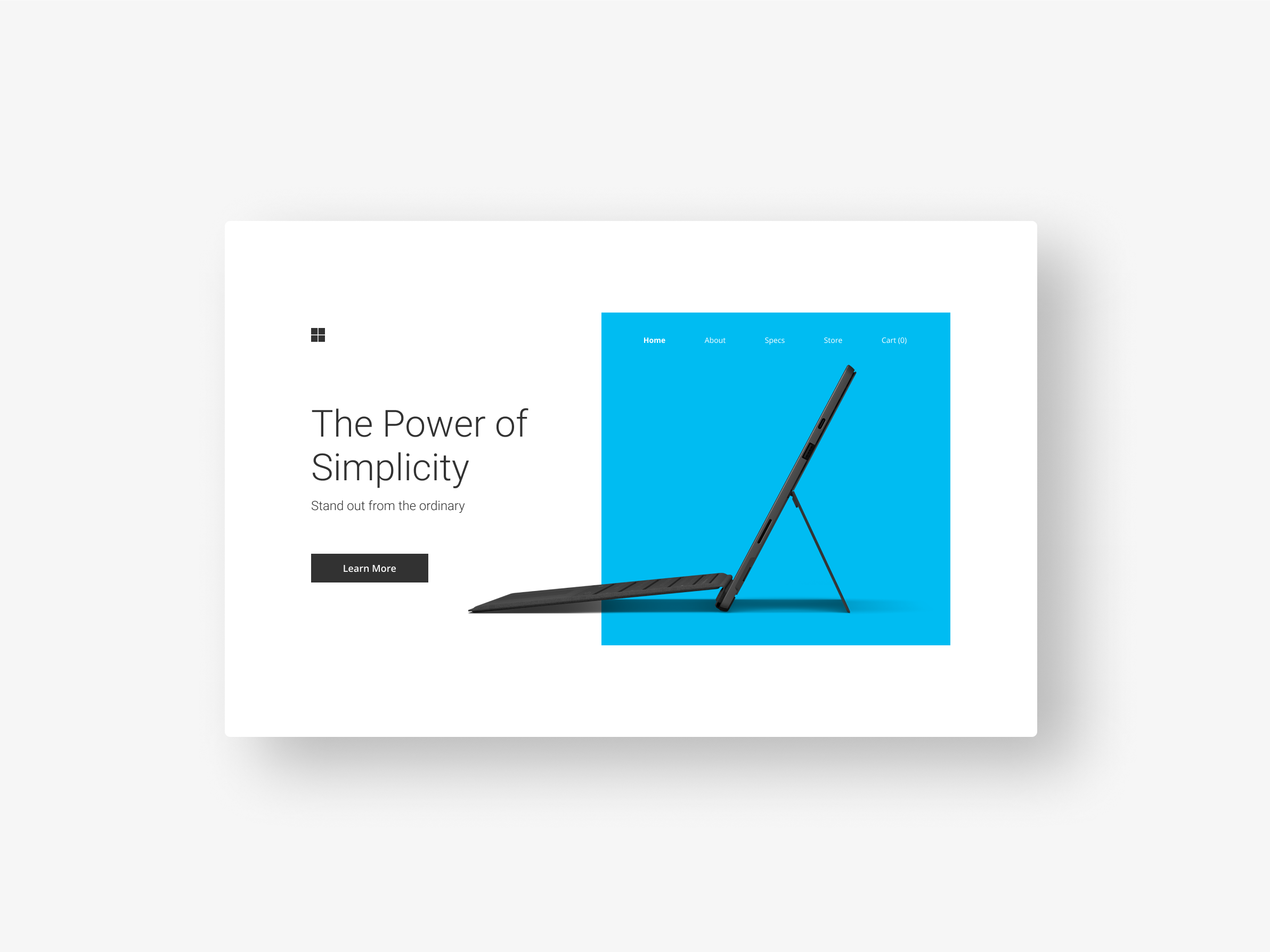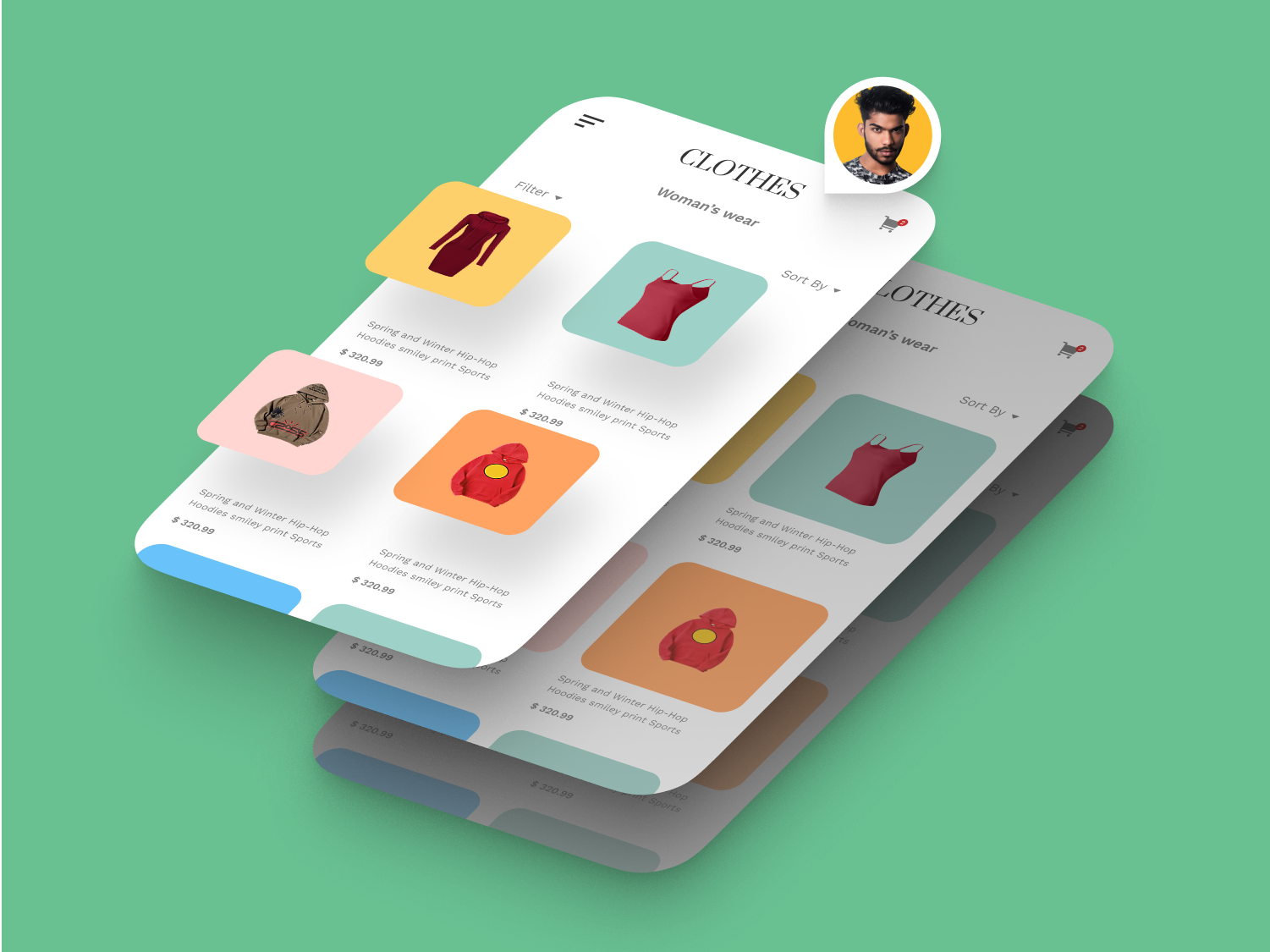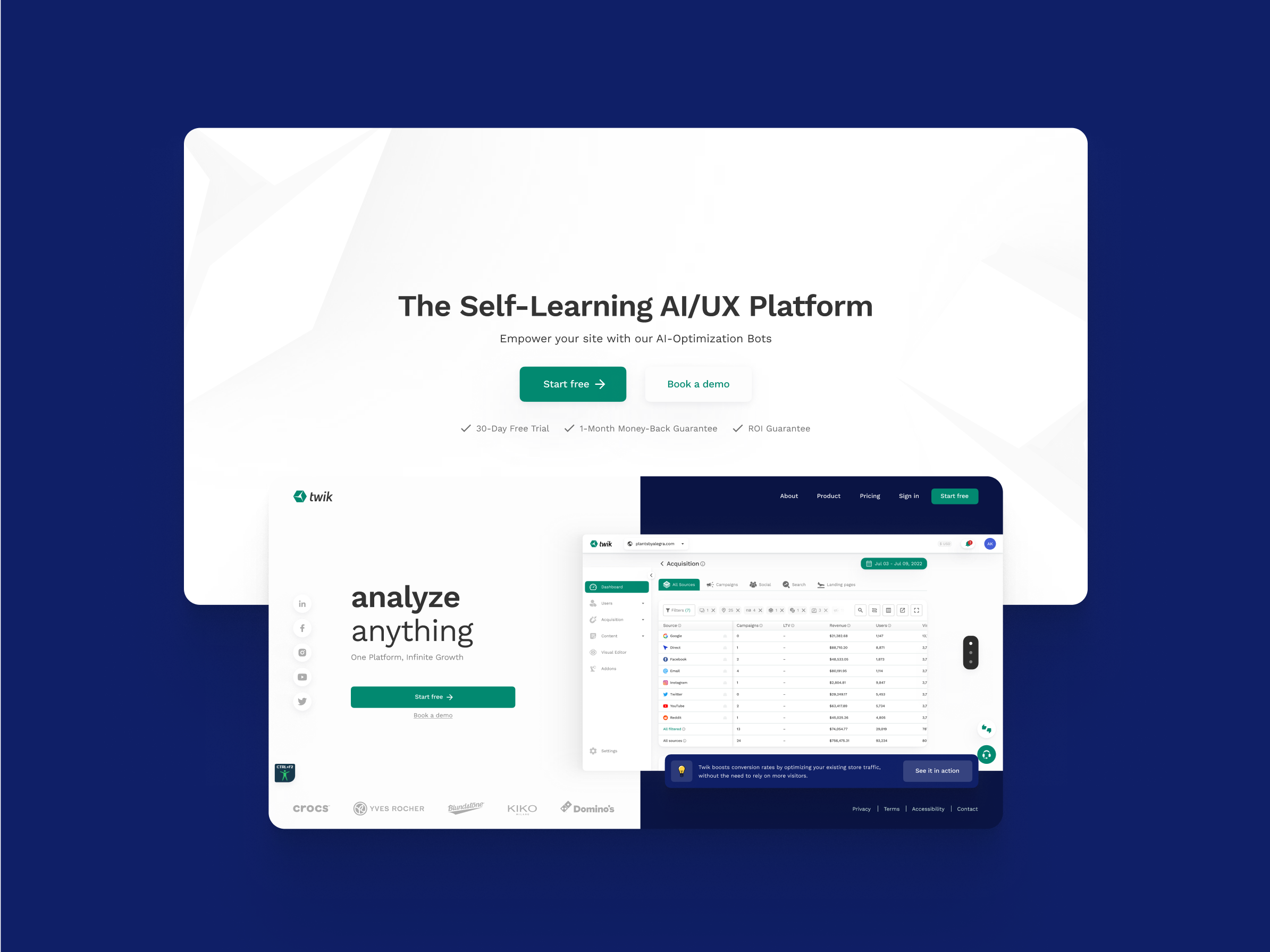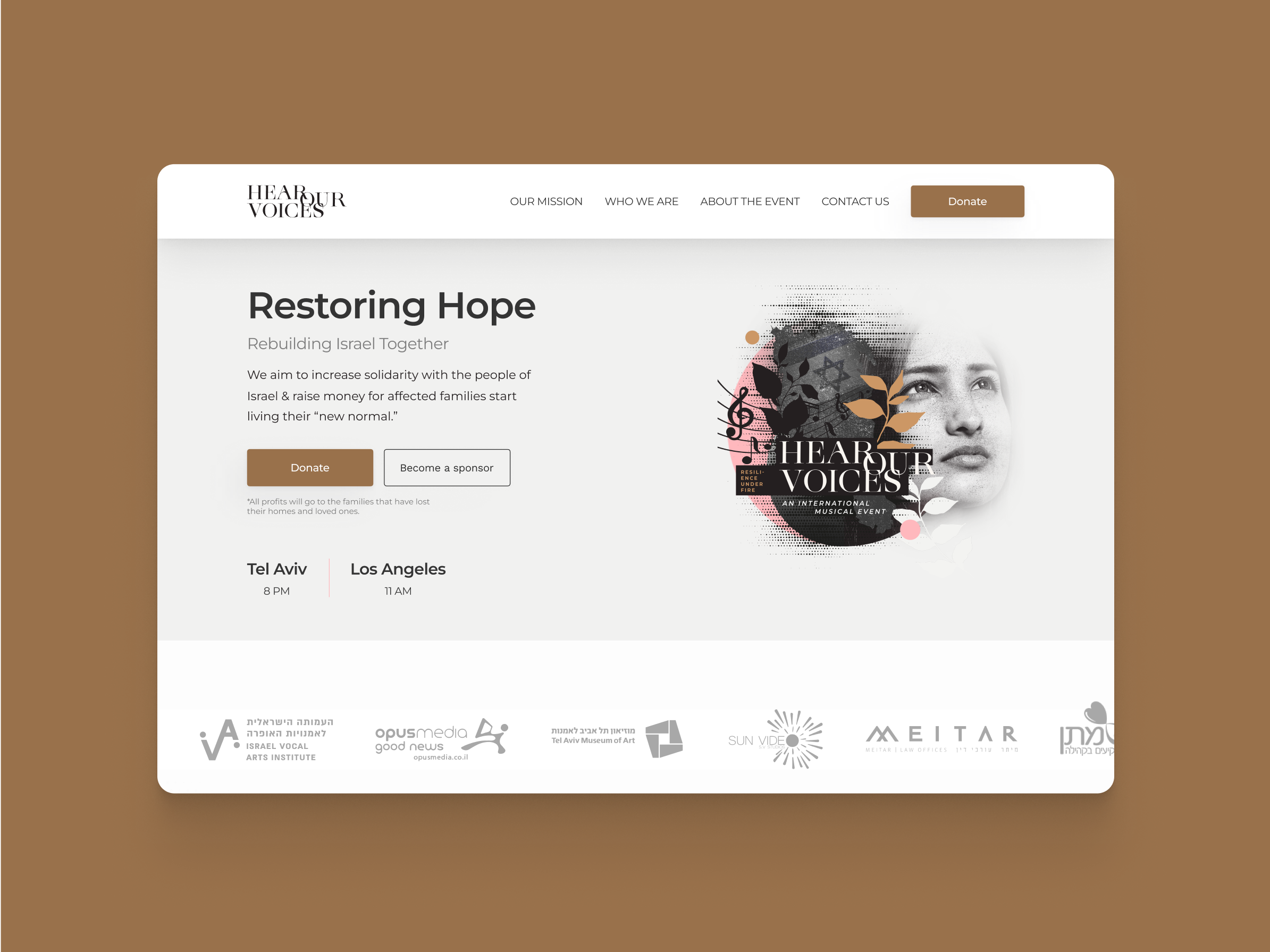Twik Onboarding
My Role in this Project: UX Design | Research | Visual Design
Overview
The Twik Onboarding Enhancement project focuses on optimizing and streamlining the onboarding process for Twik users on the Shopify platform. By addressing common pain points and improving user guidance, the goal is to enhance the user experience, reduce abandonment rates, and ensure that users fully understand the value Twik provides. This onboarding takes place within the Shopify app, where store owners integrate Twik into their Shopify stores to benefit from its automated marketing and personalization tools.
Problem Statement
Shopify store owners encountered several difficulties during the Twik onboarding process. The setup was perceived as too complicated, time-consuming, and unclear, leading to a significant drop-off before completion. Our objective was to address these issues by simplifying the process and making it easier for users to successfully onboard Twik into their stores.
Research
To better understand the needs of Shopify store owners and identify key issues, we conducted thorough research, including user interviews, competitor analysis, and feedback review. This research revealed areas of friction in the existing onboarding process and provided insights into what users expected from a streamlined experience.
Competitor Analysis
I reviewed the onboarding processes of our competitors, both on shopify and outside ot it, identifying successful patterns and design principles that could be adapted for Twik’s onboarding. This analysis helped shape our approach to a simpler, more intuitive setup flow.
Persona
We developed a persona to represent a typical Twik user—Shopify store owners—based on our research. This persona helped guide the redesign of the onboarding experience, focusing on the specific challenges and needs of our target users.
Research Findings
Our research identified several key pain points that were causing friction for users
during onboarding:
during onboarding:
Complicated Setup: Users found the steps to integrate Twik into their store too confusing.
Time-Consuming Process: The setup took longer than users expected, leading to frustration.
Unclear Guidance: Users wanted clearer, step-by-step instructions and more feedback
on their progress.
These findings directly influenced the design improvements aimed at simplifying the onboarding process and providing users with the guidance they needed.
Time-Consuming Process: The setup took longer than users expected, leading to frustration.
Unclear Guidance: Users wanted clearer, step-by-step instructions and more feedback
on their progress.
These findings directly influenced the design improvements aimed at simplifying the onboarding process and providing users with the guidance they needed.
Wireframes
Based on the research, we created wireframes to propose a more user-friendly onboarding experience. The wireframes aimed to simplify the steps, provide better visual guidance, and make the entire process more intuitive.
Key improvements in the wireframes included:
- A clear progress bar to show users where they are in the onboarding process.
- Simplified navigation, with concise and straightforward instructions guiding users from one step to the next.
- Visual cues to reduce cognitive load and make it easier for users to follow each step.
- Simplified navigation, with concise and straightforward instructions guiding users from one step to the next.
- Visual cues to reduce cognitive load and make it easier for users to follow each step.
UX Results
The redesigned onboarding experience led to significant improvements in user engagement and completion rates. The new flow was easier to navigate, faster to complete, and resulted in higher satisfaction among users.
Faster Completion: Store owners completed the onboarding process 30% faster than with the previous design.
Reduced Drop-off Rates: The drop-off rate during the onboarding process decreased substantially as a result of the streamlined flow.
Improved User Satisfaction: Feedback from store owners indicated a higher level of satisfaction, with many commenting on the ease of use and clarity of instructions.
Reduced Drop-off Rates: The drop-off rate during the onboarding process decreased substantially as a result of the streamlined flow.
Improved User Satisfaction: Feedback from store owners indicated a higher level of satisfaction, with many commenting on the ease of use and clarity of instructions.
Conclusion
By conducting in-depth research and redesigning the onboarding process based on user needs, we successfully improved the Twik onboarding experience for Shopify store owners. The new onboarding flow is simpler, faster, and more intuitive, ensuring that users can easily integrate Twik into their stores and quickly start benefiting from its powerful marketing and personalization tools.






